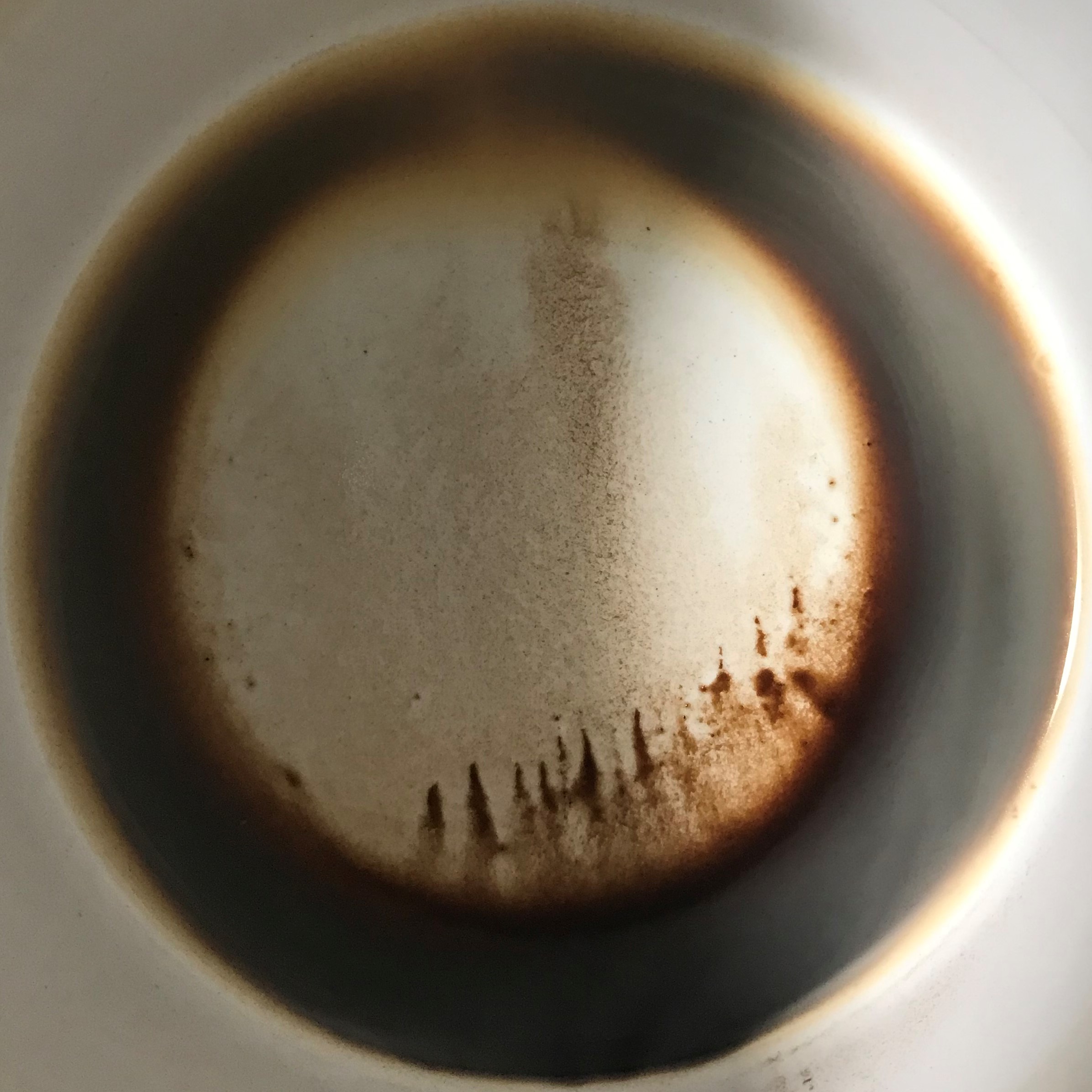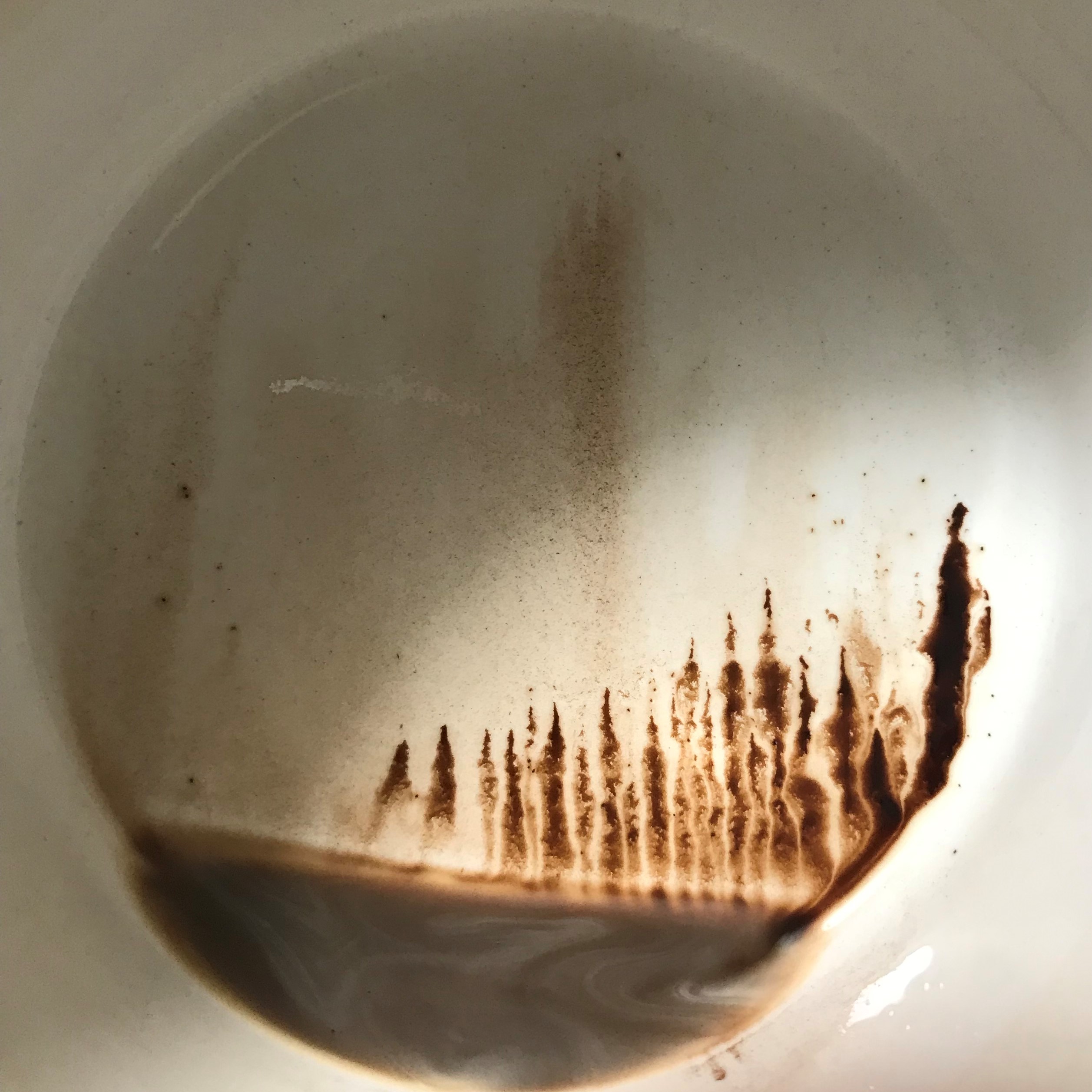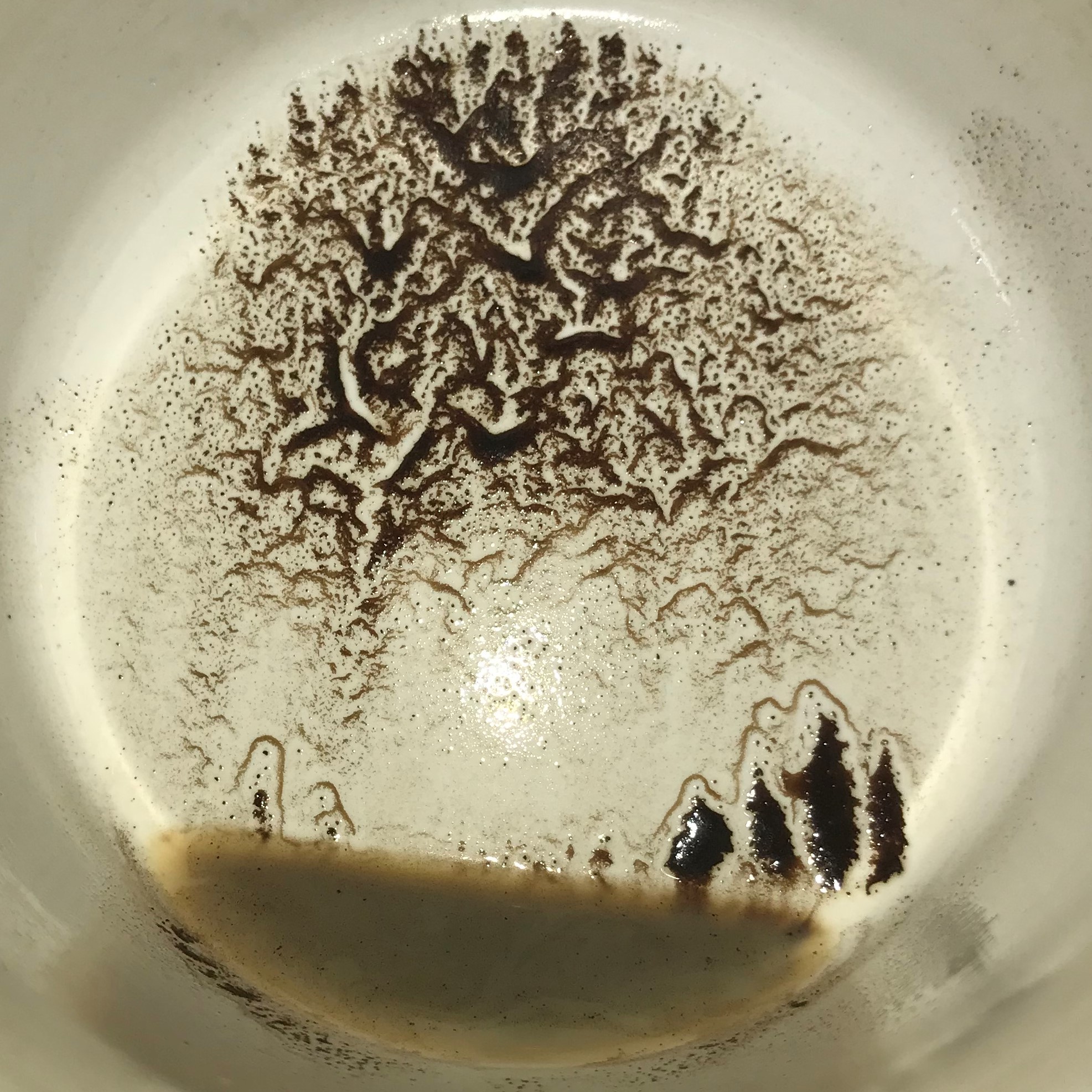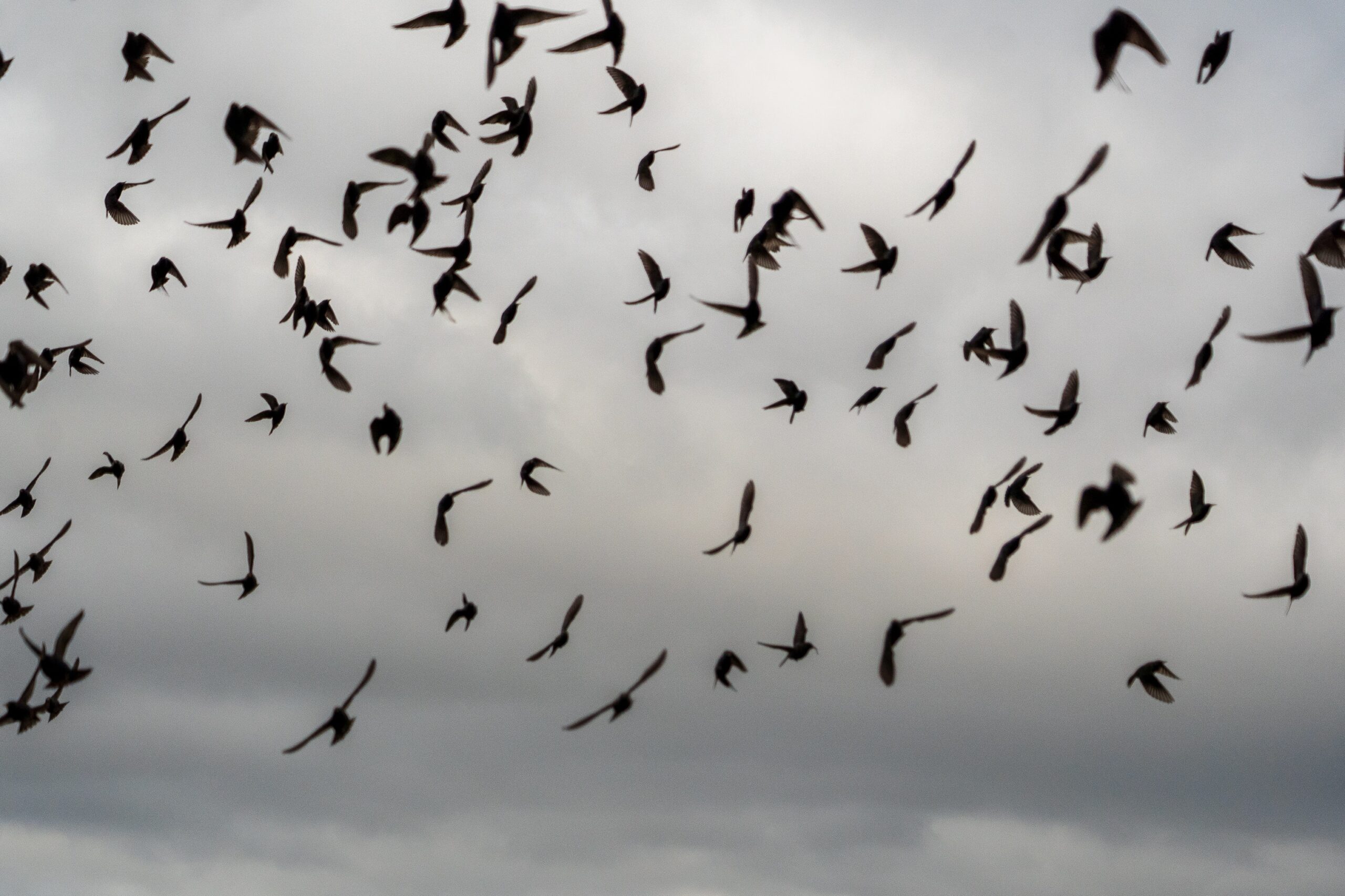Photo above: my attempt at photographing a male cardinal on Easter Sunday.
Sometimes it is difficult to maintain a sense of wonder in an urban setting. Especially after winter, one gets tired of cement and gutters, asphalt and litter, the screetch of car brakes and the defeaning keen of firetrucks and ambulances. The city is a modern, artificial jungle where trees are sometimes sacrificed in favor of pavement and construction.
And yet with spring comes the birds, especially those little adaptable rascals that have embraced the urban life: the robins, the chickadees, the cardinals, the goldfinches, the house finches, the blue jays, the mourning doves, the downy woodpeckers, the house wrens and the robins. For me, these creatures have preserved a sense of wildness in my surroundings. I grew up in Omaha – a city of half a million souls. Lincoln is a quarter million. Definitely far from the biggest metropolises in the Midwest – St. Louis, Kansas City, Minneapolis and Chicago have that distinction. Still, Lincoln has its noise and its grind and its obnoxious motorcycles. Without the birds I’d go insane.
My mom has always had a birdfeeder and binoculars, so does my grandmother. So basic urban birds were always familiar to me, always an essential part of life. I remember family trips to look for bald eagle nests. Every spring we were accustomed to the resident house wren flying into an absolute tizzy anytime anyone got close to her house. During the Christmas snow storm of 2009, we watched a Cooper’s hawk fly into the garden and snap up a ground-feeding junco for lunch. There were a few instances of a starling falling down the chimney, incurring mortal injuries. The neighbors had a pigeon infestation. Our cat Jesse killed a cardinal once and brought it home to Mom, much to her horror. Once on vacation in western Nebraska, we watched as two baby western meadowlarks fell out of their nest and their mother adapted to feeding them on the ground. Blue birds, purple martins, the pileated woodpecker, a horned owl, the ruby-throated hummingbird, turkey vultures, turkeys, meadowlarks. We’ve enjoyed all of them.
And because there was so much affection for these birds, there was little love left for the starlings, pigeons, grackles and sparrows. These are the pests. Dumb and ugly, squawking or whining rather than singing, proliferating like rabbits and picking at the trash, feasting seed put out for the prettier birds. But the Audubon society has pointed out the adaptability of these creatures. We have to give them some credit.
I watch the birds and scan the trees when I’m out, listening for their calls. It’s amazing to me how they’re there, right over head, and most of the time we pass them by. How many of us are so used to birdsong that we don’t even hear it? Don’t even care who’s singing? But I’ve begun making it a point to look up and see who I can see.
House Finch- haemorhous mexicanus
Mr. Finch is everywhere. There is a Mr. Finch on every block, tucking himself the eaves of buildings and in trees, under viaducts and calling from the tops of lamposts. He is a flash of red in the middle of a green tree, and has a rapid-fire little song. I can hear him for blocks. I keep watching for a glimpse of the goldfinch, his splendid cousin. And the purple finch, his cousin in the east.
In this collage, I am proud to say I’ve captured the likeness of Lady Finch. I spied the couple in a tree on my way home having a chat on branch overhead. I have a deep affection for the ladies, blending into their surroundings. Doesn’t she match that tree perfectly? Can you see her little shining eye?
I snapped these candid photos this morning through the neck-strainging angle of my front window (bottom left), and then the screened window on the landing (all others). Of course, the screen doesn’t help, but you can see Mr. Finch’s expression nonetheless: “Oh, it’s that human stalking me again. Better her than her cat, I guess.”
Blue Jay – Cyanocitta cristata
He is a furtive one – or at least particular bird was. The day I took these photographs there were at least five in the trees outside the Capitol, none of them sitting still. Even still, a glimpse is enough – that sudden flash of blue. I used to think they were crows – their call being so stark – but I looked up and was pleasantly surprised. No one pays that much attention to a crow these days.
Robin – Turdus migratorius
When I first saw The Secret Garden and caught a glimpse of an English Robin (or rather a Eurasian robin), I thought – oh, so does that mean that our robins aren’t actually robins? No doubt our little friends were named thus because their coloring resembles that of the Eurasian robin. Otherwise they are indeed two different birds. The Eurasian is in the flycatcher family and the American is a thrush. But they are both robins. I will never tire of them and their mild, patient ways.
This little project is teaching me the value of imperfect photographs, as evidenced by my jays. What I like about these photos where the birds are turned at funny angles or partially obscured by branches and leaves is that it is honest. Birds do not follow instructions. They do not pose. When they land outside a screened window, their colors are still striking. Most importantly, if I spend all my time trying to capture every moment, life would flutter away like a spooked finch.
It is simply enough to look up and see a little scene playing out, not that it was staged for my benefit but separate from a human view of things. They don’t concern themselves with what we think, and do not seek to impress us. To put one in a cage would break the spell of their autonomy and their lust for life. It’s better to squint at them from below and try to see… is that a finch? Is that a sparrow? How many?












Growing up on the farm, it is often hard for me to stay in the city for long periods of time. It is indeed an urban jungle and the only way I can stay sane is to immerse myself in the city’s nature as much as possible. I have a bird feeder outside my living room window, and I always wake up to birds chattering. We have cardinals (my favorite!), sparrows, blackbirds, bluejays, etc. We also have quite a few bunnies running around our back yard.
I’ve found, though, that if I don’t get out of the city every now and again, I get incredibly cranky and moody. I just went to a conference in Sioux Falls, SD, and drove along HIghway 77. I stopped periodically to take pictures, relishing in the absolutely breathtaking scenery around me. It reminded me once again that living in the city comes with a cost – we are unable to see those gorgeous Nebraska landscapes spread out before us. When I went home to western Nebraska a few weeks ago, I looked up at the night sky on our family farm and it literally took my breath away – thousands upon thousands of stars glittered overhead in a sweeping canvas of light. I can’t see that in the city.
BUT, living in the city has its benefits. I love the energy around me, the ease of running down to the grocery store for milk instead of driving 10 miles to get to the nearest grocery store (like I had to do when I was a kid), the ebb and flow of humanity.